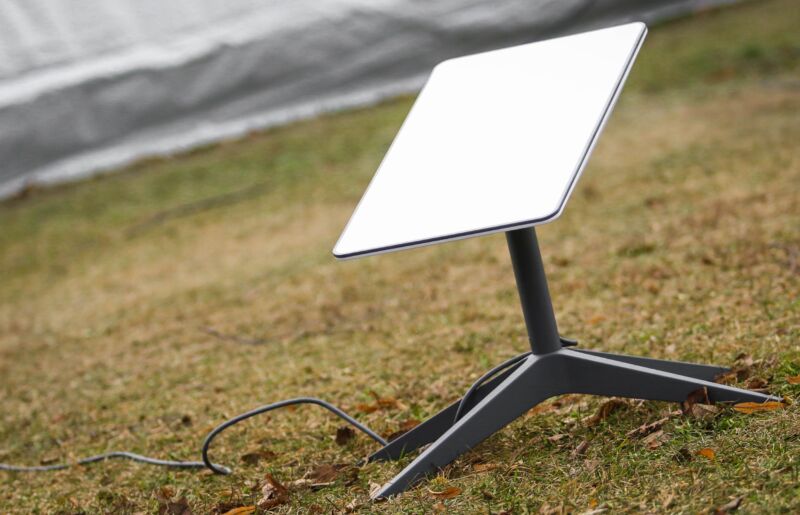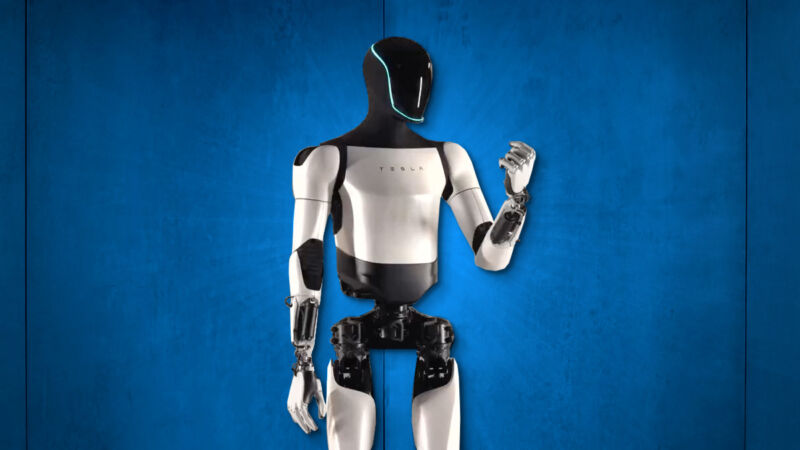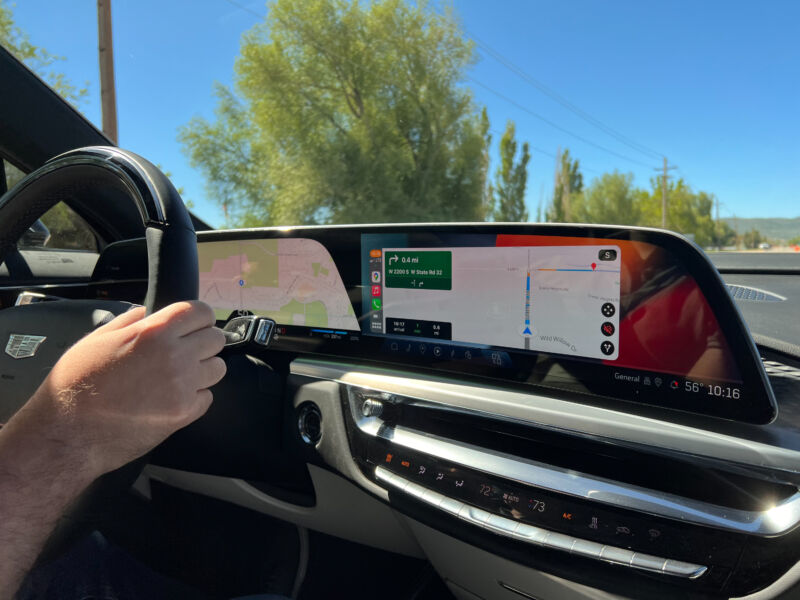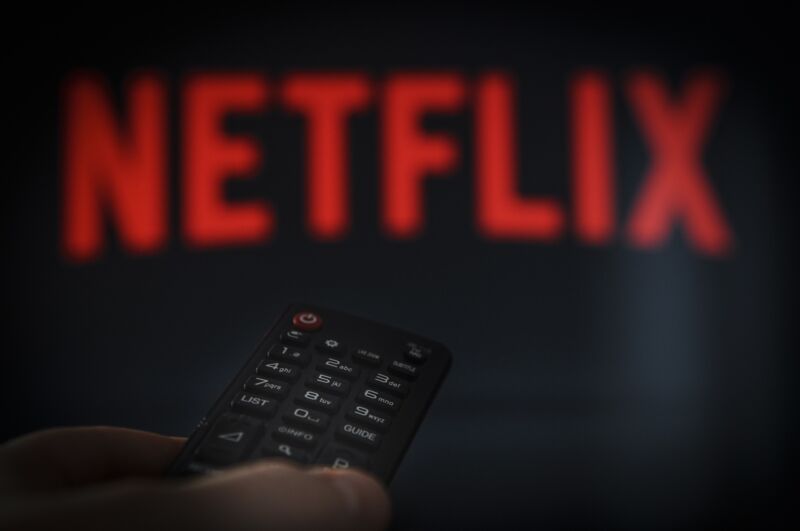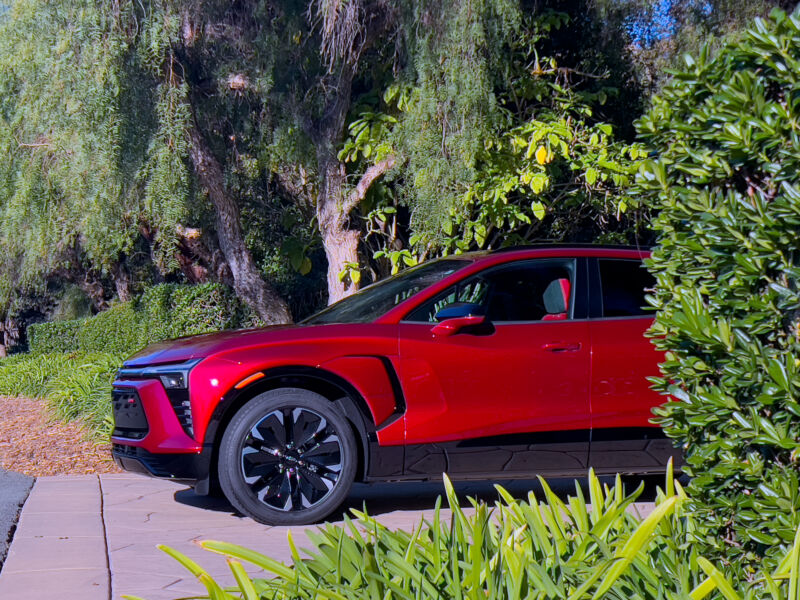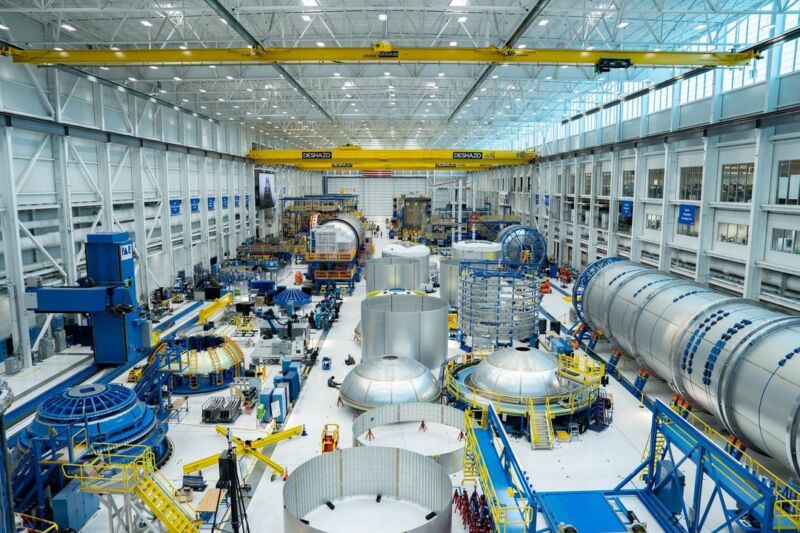A SpaceX Falcon Heavy rocket is seen outside the company’s hangar at Kennedy Space Center, Florida. (credit: SpaceX)
SpaceX and the US Space Force thought they were ready to launch the military’s mysterious X-37B spaceplane this week, but ground teams in Florida need to roll the Falcon Heavy rocket back into its hangar for servicing.
This is expected to push back the launch until at least late December, perhaps longer. SpaceX and Space Force officials have not divulged details about the problems causing the delay.
SpaceX called off a launch attempt Monday night at NASA’s Kennedy Space Center in Florida to resolve a problem with a ground system. A senior Space Force official told Ars on Wednesday that additional issues will cause an additional delay in the launch.
Read 16 remaining paragraphs | Comments
Source: Ars Technica – Effects of Falcon Heavy launch delay could ripple to downstream missions


